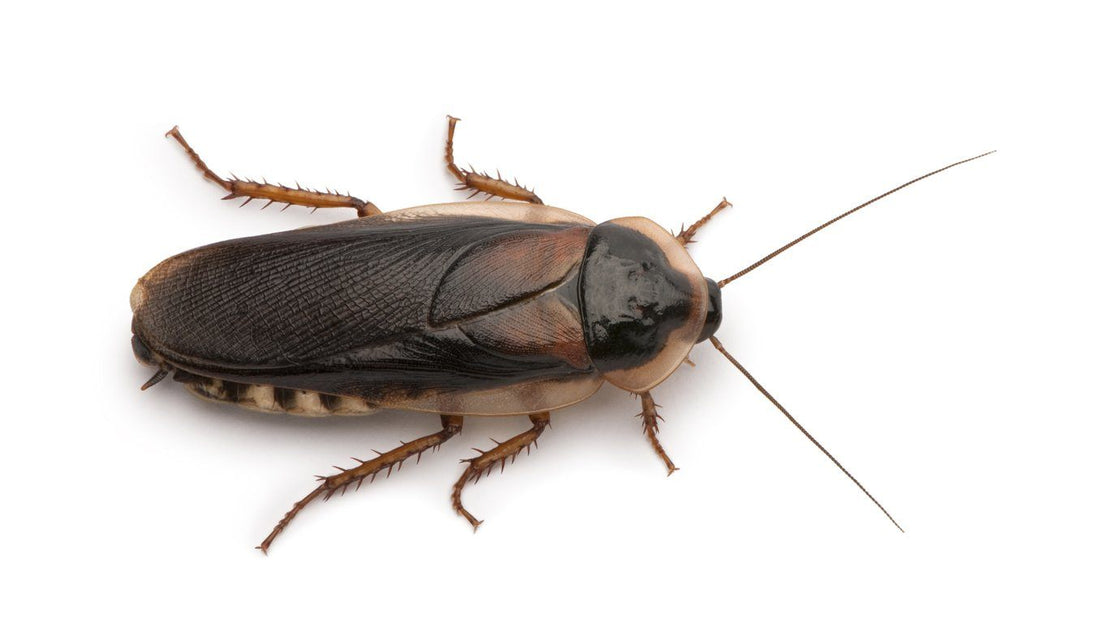Reptile nutritional needs is a complicated issue and varies from species to species. It's clear though that all reptiles require a certain amount of calories, protein, some fat, vitamins and minerals. Generally, it's accepted that reptiles require relatively high protein and relatively low fat.
They also require vitamins and minerals. Among the most important of these are calcium to make strong bones, vitamin D3 to help metabolize the calcium and phosphorus to help metabolize the fats and protein. You will often hear about the calcium to phosphorus ratio in reptile nutrition. This refers to the amount of calcium relative to the amount of phosphorus in reptile food. Too much calcium, and the phosphorus can't do its job. Too much phosphorus and the calcium can't do its job. The ideal ratio of calcium to phosphorus is about 2 to 1.
So why is this important for the reptile keeper to know? The nutritional content of the crickets and roaches is what supplies the reptiles with their nutrition.
The Nutrition Truth about Crickets and Dubia Roaches
Most websites that discuss Dubia Roach nutrition will point to the "fact" that Dubia Roaches contain 36% protein, while crickets contain only 18% protein. Extended research, though, shows that there is no documentable evidence for these numbers. The charts all seem to originate from a now defunct website that states that the nutritional analysis was done by "a prominent lab in New Jersey". This was not good enough for us. It's important to us to provide the most accurate, documentable information possible to our customers.
Consequently, we sent samples of our Dubia Roaches to the Barrow-Agee laboratory in Tennessee for testing. Here are the results we received for our Extra Small Dubia Roach Nymphs (these are about 3-5 days old) and Extra Large Dubia Roach Nymphs (these are about 3.5 months old, nearly adults):
Dubia Nutrition Composition Chart
Here's the actual test results for proof:



As you can see, each size of dubia is similar nutritionally, though the larger roaches have less moisture, slightly more fat, and have somewhat more protein.
Here is data for cricket nymphs (their size and age is unknown, but they weighed 97 mg each). These figures are based on a study by Mark Finke in 2002* and were results of analysis by Covance Laboratories, Madison, WI:
Crickets
Based on the charts above, as well as additional information (for the components not included in the charts) from reliable sources, here is the situation regarding nutrition for Dubia Roaches vs. Crickets:
Vitamin D3: Neither crickets nor Dubia Roaches contain vitamin D3 in their nutritional makeup, so it has to be supplied either through UV light or in powdered supplement form.
Fat: Cricket nymphs are lower in fat than Dubia Roach nymphs (3%- vs.6-7%), although as will be seen later, adult crickets and larger Dubia Roach nymphs are about equal in fat content.
Protein: While Dubia Roach nymphs do not have twice as much protein as crickets (36% vs. 18%, which were figures for the adults) as claimed by many popular websites, they do appear to contain one and a half times as much protein as cricket nymphs (21-23% vs. 15%).
Calcium and Phosphorus: It is difficult to compare the exact amounts of calcium and phosphorus that each type of feeder contains since they were reported in different ways. However, there are significant differences when the calcium:phosphorus ratio is calculated. In the introduction to this article, we stated that ideally a feeder has a 2:1 calcium to phosphorus ratio. Based on our calculations (dividing amount of calcium by amount of phosphorus), crickets have a 0.13:1 ratio and Dubia Roaches have a 0.3:1 ratio! This means that while both crickets and Dubia Roaches need added supplementation to provide a nutritionally complete diet, Dubia Roaches require less supplementation.
Please note that all the information above is about juvenile (nymph) crickets and Dubia Roaches. We will have an analysis of adult Dubia Roaches soon and will let you know how they compare to adult crickets.
The Complete Picture
Choosing a staple feeder for your reptile is an important, multi factor decision. Based on the research that went into composing this article, Dubia Roaches are somewhat more nutritious than crickets. Combined with the Dubia Roaches' lack of odor and noise, as well as the significantly lower escape rate and longer lifespan, Dubia Roaches are a clear first choice as a feeder!
*Finke MD. 2002. Complete nutrient composition of commercially raised invertebrates used as food for insectivores. Zoo Biology 21:286-293.











